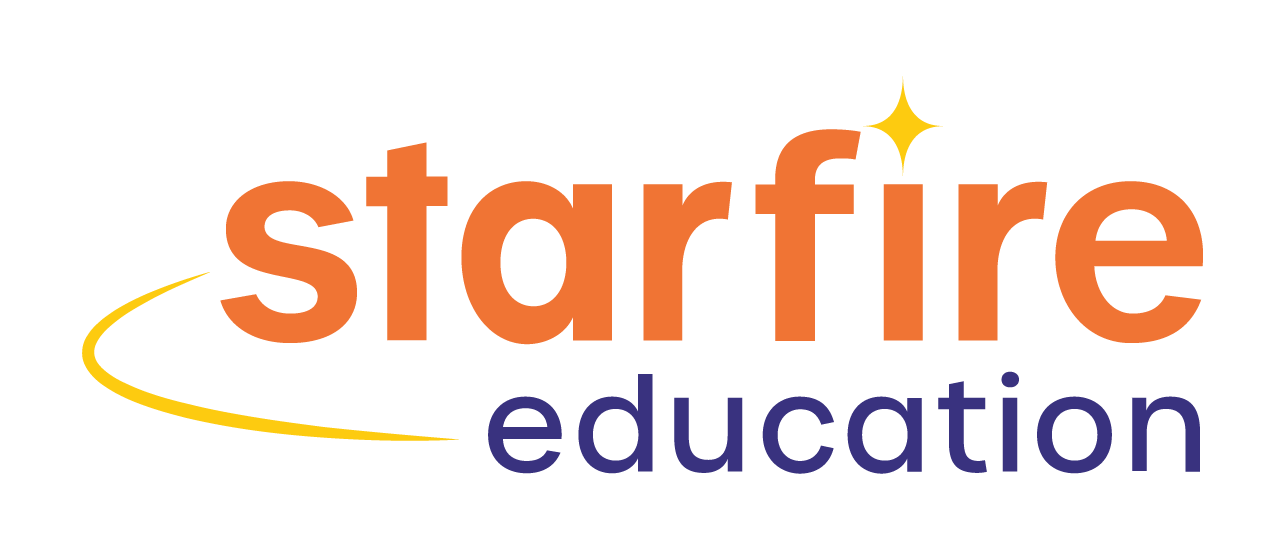Lots of educators and learning communities are talking about STEAM education. You may be asking, why include an arts perspective in STEM learning?
Starfire STEAM programming (STEM+Arts) links the creative arts to science, technology, engineering and math to give students the tools they need to the innovators, educators, leaders, and learners of the 21st century!
By integrating art with STEM, Starfire gives students the creative spark to harness the capabilities of STEM skills. Our students fuse an in-depth knowledge of STEM with a focus on arts to creatively integrate and apply that knowledge to solve real world problems.
Starfire teachers share their passion for the creative arts with our students. Art and creativity infuse Starfire’s enrichment classes, Fun with STEAM virtual labs and MathTastic Help sessions.
Starfire STEAM students take thoughtful risks, engage in experiential learning, persist in problem-solving, embrace collaboration, and work through creative processes. Students learn more and they retain more of what they learn.
Find out more about what STEAM education can do for your child by checking out our current courses or getting in touch with the Starfire support team!




